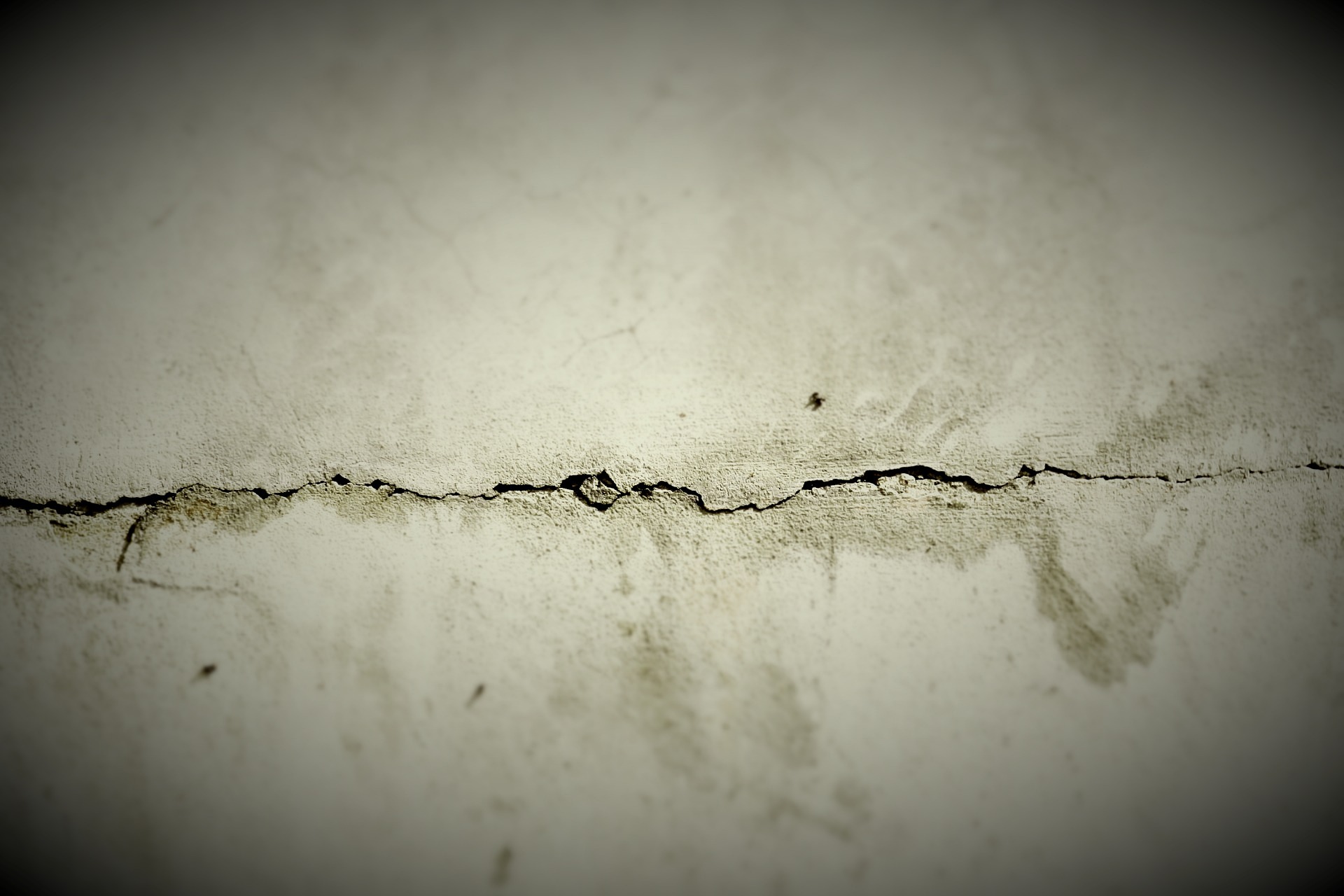Concrete Crack Repair: Methods, Causes, and Practical Guidance
Concrete cracks are common in structures from driveways to foundations and can range from cosmetic hairlines to signs of structural distress. Understanding why cracks form, how to assess their severity, and which repair methods suit different situations helps property owners and maintenance teams make informed decisions. This article outlines common causes, assessment steps, repair options, prevention strategies, and long-term considerations for concrete crack repair in your area.

What causes concrete cracks?
Cracks in concrete arise from several interacting factors. Common causes include shrinkage as freshly placed concrete cures, thermal expansion and contraction, settlement or movement of the ground beneath the slab, and loads that exceed the slab’s design. Environmental conditions such as freeze–thaw cycles and chemical exposure (deicing salts, sulfates) also contribute. Corrosion of embedded steel reinforcement can produce expansive forces that crack surrounding concrete. Identifying the likely cause is essential because a repair that addresses only the visible crack may not stop the underlying process that created it.
Different types of cracks suggest different origins. Hairline surface cracks are often due to shrinkage or minor thermal movement and may be primarily cosmetic. Wide, step-like cracks in walls or slabs can indicate differential settlement or foundation movement. Cracks accompanied by spalling, rust staining, or active water leaks point to issues such as rebar corrosion or hydrostatic pressure that require more comprehensive intervention.
How to assess crack severity and movement
Begin assessment by documenting crack width, length, pattern, and location. Measure crack width at multiple points and note whether cracks are hairline (less than 0.3 mm), narrow (0.3–3 mm), or wide (over 3 mm). Observe vertical or horizontal displacement, stair-step patterns in masonry, and any bulging or leaning in walls. For active leaks, determine whether water flow is steady or intermittent and whether the crack widens during wet periods.
Monitoring over time gives insight into whether a crack is stable or active. Simple crack monitors or a painted reference grid can reveal movement. For suspected structural issues, engage an engineer for load, settlement, or underpinning assessments. Non-destructive tests such as sounding, infrared imaging, or ultrasound may help identify voids, delamination, or areas of corrosion without removing concrete. Safety considerations — for example, signs of foundation failure — should prompt prompt professional evaluation rather than DIY fixes.
Repair methods and material choices
Repair method selection depends on crack type, width, depth, moisture conditions, and whether the crack is active. Common repair options include:
-
Routing and sealing: Enlarging the crack into a V-groove and filling with an appropriate flexible sealant (silicone, polyurethane, or polysulfide) is typical for non-structural, moving cracks in slabs and joints. This works well for surface-level movement and to prevent water ingress.
-
Epoxy injection: Low-viscosity epoxy injected into dry cracks can restore structural continuity in cracked beams, slabs, or columns when cracks are static and the environment is dry. Epoxy restores compressive and tensile transfer across the crack but is not suitable where ongoing movement or moisture is present.
-
Polyurethane injection: For active cracks with water leakage, hydrophobic polyurethane foams expand and seal water pathways while remaining flexible. This is often used for below-grade waterproofing repairs.
-
Stitching and doweling: For structural cracks in slabs or walls, installing steel staples (stitches) or dowels across the crack and grouting them in place can transfer loads and stabilize the area before applying a surface repair.
-
Surface overlays and patching: When large areas are deteriorated, polymer-modified mortars or thin overlays restore surface cover and bond when properly prepared. These materials often include corrosion inhibitors and are compatible with repair mortars for rebar exposure.
-
Rebar repair and cathodic protection: If corrosion of reinforcing steel is the cause, removing contaminated concrete, treating or replacing rebar, and using corrosion-mitigating coatings or cathodic protection may be necessary.
Choosing a material means evaluating adhesion properties, flexibility, tensile strength, cure time, and compatibility with the existing concrete. Manufacturer data sheets and technical guides help match materials to conditions.
Preventive measures and maintenance
Prevention reduces the frequency and severity of repairs. Key practices include designing and placing control and expansion joints at appropriate spacings to manage shrinkage and thermal movement; using proper concrete mixes with appropriate water-cement ratios and admixtures; ensuring adequate curing to limit early-age shrinkage; and providing stable subgrade preparation with good drainage to reduce settlement and hydrostatic pressure. For existing structures, routine inspections and timely sealing of small cracks can prevent water infiltration and rebar corrosion. Where vehicles or heavy loads are expected, increasing slab thickness or adding reinforcement can address long-term loadings.
Regular maintenance—clearing debris from joints, repairing localized spalls, and monitoring known cracks—extends service life. When repairs are applied, maintain records of repair types and materials for future inspections.
Long-term considerations and when to consult professionals
Repairs that address surface symptoms without solving root causes may fail prematurely. If cracks show ongoing movement, are widening, are associated with structural symptoms (tilted walls, uneven floors, doors sticking), or coincide with water entry that affects interior spaces, a structural engineer or experienced concrete contractor should be consulted. Professionals can provide diagnostic testing, perform load and settlement assessments, and recommend interventions such as underpinning, drainage correction, or waterproofing systems.
For routine cracks in non-structural areas, properly applied sealants and injections can give durable results. For below-grade repairs, selecting materials rated for exposure conditions and verifying compatibility with waterproof membranes is important. Consider the lifecycle and maintenance needs of the repair method chosen; some flexible sealants may require periodic replacement, while properly executed epoxy injections can be long-lasting in stable conditions.
Conclusion
Concrete crack repair requires matching diagnosis to appropriate materials and methods. Identifying the cause—shrinkage, settlement, load, corrosion, or moisture—is the first step; assessment of movement and environment informs whether a flexible sealant, injection, stitching, or more extensive structural work is needed. Preventive design, proper curing, and routine maintenance reduce repairs over time. For active or structural cracking, professional assessment helps ensure repairs address underlying conditions and provide reliable long-term performance.






